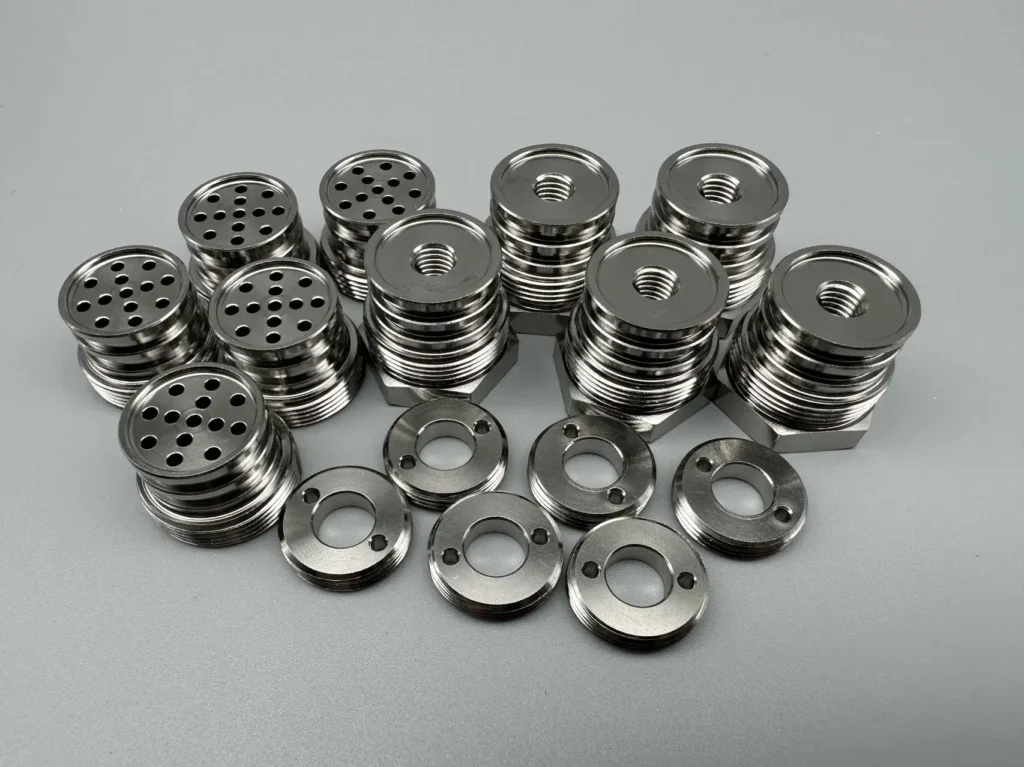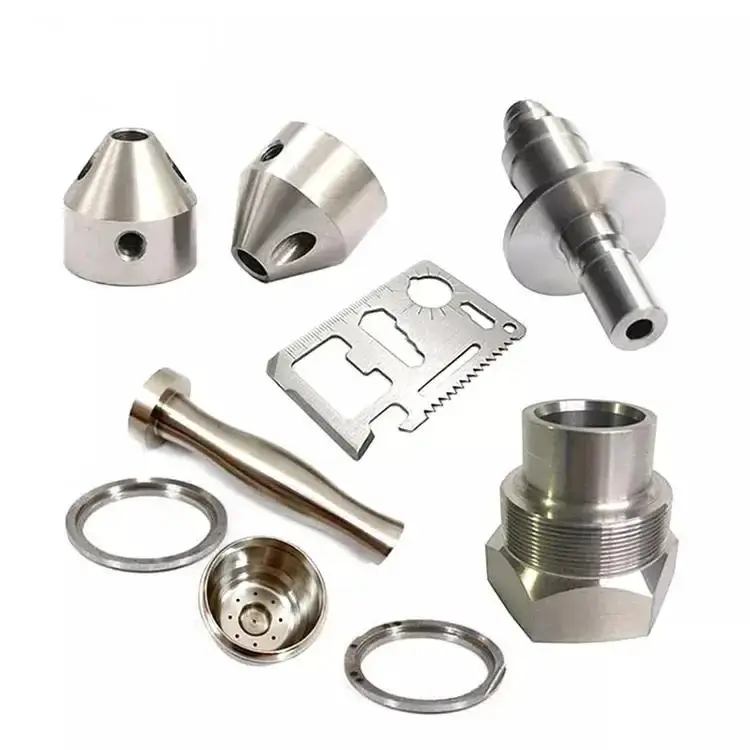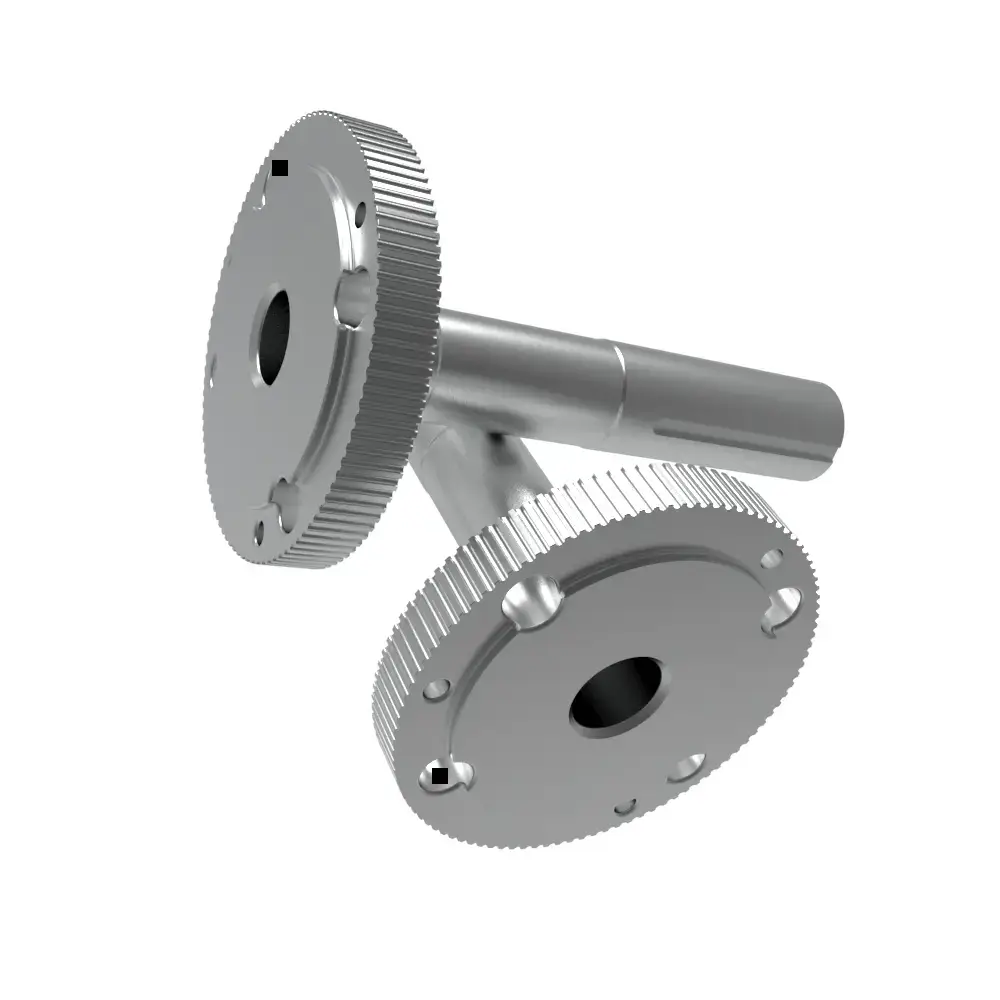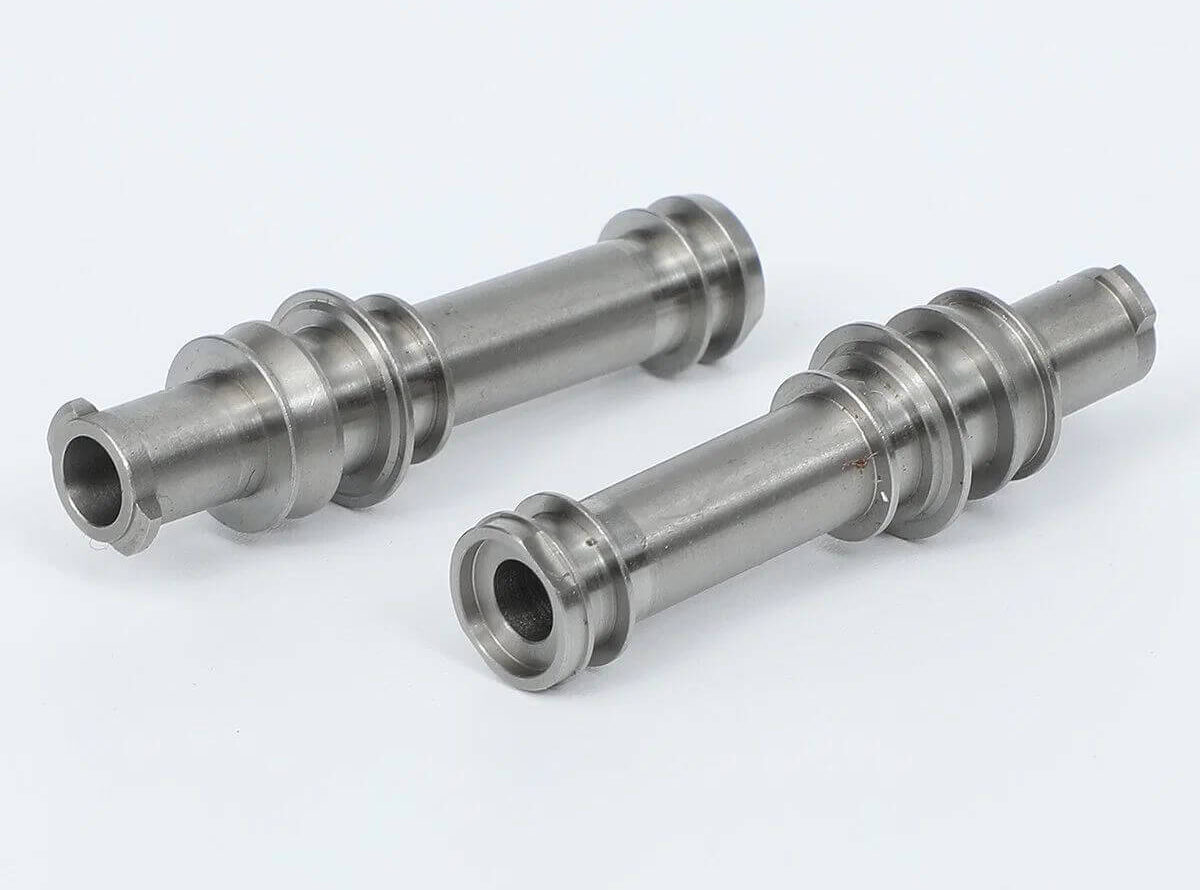Advantages of turning of aluminum parts
Are you looking for turning of aluminum parts? Then you must not miss CNC turning services. CNC turning aluminum can process the shape of parts you want, and with the advancement of technology, precision turning of aluminum parts is also possible, and even turning parts in monel has become a reality.
Next, let’s learn about aluminum turning together!
1.What are the advantages of turning of aluminum parts?
Some of the expected advantages of turning of aluminum parts are as follows:
1) Custom processing is available
CNC turned aluminum can be customized according to customer needs, and the accuracy and precision of the manufactured parts can be adjusted according to user needs.
In addition, the durability of turning aluminum parts will not be affected no matter how customized.
2) High strength-to-weight ratio
Another important advantage of turning aluminum parts is its high strength-to-weight ratio. They have strong physical properties and are ideal for bearing high mechanical weight.
In addition to this, turning of aluminum parts have different grades due to their strength-to-weight ratio.
3) Recyclable
Almost all turning of aluminum parts are easily recyclable and can be used to manufacture other durable industrial applications. That is why turning of aluminum parts is considered as one of the best tools to eliminate the carbon footprint of the manufacturing industry.
4) Corrosion Resistance
Another advantage of using turning of aluminum parts is that they are highly resistant to corrosion in any situation. They are able to withstand the corrosive agents used in the manufacturing industry. However, different grades of aluminum alloy turned parts vary in their resistance to corrosion.

2.Is aluminum easy to CNC turn?
Yes, aluminum is very easy to use in CNC turning because it is relatively flexible and can be molded into different shapes like other metals. The high flexibility and strength-to-weight ratio of aluminum makes it one of the most commonly used materials in CNC turning.
Apart from this, different aluminum alloys can be easily cut into various shapes and sizes without the use of large and complex tools. The high machinability and weldability of aluminum makes it a suitable material for the CNC turning industry.
3.Which aluminum series are suitable for CNC turning?
6091-T6 is regarded as one of the most durable and reliable alloy series used for CNC turning. It has gained fame in the CNC market for its compatibility and flexibility.
Moreover, this aluminum alloy is the top choice of manufacturers who implement CNC turning mechanisms to remove excess scrap from developing parts.
The main reason for using 6061-T6 in CNC turning is its versatility and easy-to-process properties. It can also withstand various heat treatments during the manufacturing process.
4.Will turning of aluminum parts rust?
Yes, turning of aluminum parts can easily rust because they have poor corrosion resistance. However, turning of aluminum parts are perfect in other mechanical properties such as wear resistance and high strength-to-weight ratio.
Apart from this, there are some things that manufacturers can do to prevent turning of aluminum parts from rusting. You can apply a corrosion inhibitor on turning of aluminum parts to make them corrosion resistant. You can also apply the corrosion inhibitor using a dip tank, sprayer, or brush.

5.Are aluminum CNC turning parts resistant to friction?
Yes, almost all aluminum CNC turning parts are highly resistant to friction because they have a low coefficient of friction. Turning of aluminum parts have a smooth surface, so they are not very resistant to friction.
Therefore, manufacturers prefer turning of aluminum parts in applications to achieve lower friction during the manufacturing process.
6.CNC turning aluminum vs. CNC turning stainless steel, which is better?
Due to the mechanical properties of aluminum, CNC turning aluminum is considered to be a favorable process in the manufacturing industry.
Aluminum is highly flexible and suitable for carving into different shapes in different industries.
However, when it comes to maintaining fairly good machinability, CNC turning stainless steel is a better choice. The cost of CNC turning stainless steel is also lower than the cost of CNC turning aluminum.
7.What are the applications of turning of aluminum parts?
Some common applications of aluminum CNC turning parts in different industries are as follows:
1) Aerospace Industry
Turning of aluminum parts are used in the aerospace industry to make the machines run better. These tools include covered shafts, probes, eccentric hollow shafts, joint connectors, and fasteners.
2) Automotive Industry
Many parts in the automotive industry also include turning of aluminum parts. Common turning of aluminum parts include throttle shafts, sensor housings, pressure sensor housings, and pipe joints.
3) Electronics Industry
A wide variety of high-precision parts in the electrical industry include the highest quality aluminum CNC turning parts. Some of these complex hardware parts include long rows of metal slats and panels.
4) Mechanical Industry
In many mechanical industries, manufacturing machines include some reliable and durable aluminum CNC turning parts. These mechanical parts include pneumatic fittings, hose fittings, and screws.
In addition to these applications, aluminum CNC turning parts also have the following uses:
- Connector joints
- Servo motor joints
- Anodized aluminum tubes
- Engine shafts

8.Is it necessary to anodize aluminum after CNC turning?
Yes, anodizing aluminum after CNC turning is quite necessary. The main reason for anodizing aluminum parts is to increase the thickness of the insulating upper layer. The upper layer of the aluminum CNC turning parts reacts with oxygen to form aluminum oxide.
Therefore, the aluminum oxide deposition on the upper layer of the turning of aluminum parts makes it corrosion-resistant. The anodizing process increases the thickness of the aluminum oxide, making it more corrosion-resistant.
9.Is chrome plating required after CNC turning aluminum?
Yes, chrome plating is required after CNC turning aluminum as it acts as an anti-corrosion agent, primer, and decorative finish on the surface of the turning of aluminum parts.
The upper layer of aluminum reacts easily with oxygen. Therefore, chrome plating is required to prevent the degree of corrosion of the turning of aluminum parts.
The process is also suitable for galvanizing aluminum CNC turning parts as it makes them stronger. The dark coating on the turning of aluminum parts makes it highly corrosion resistant.
